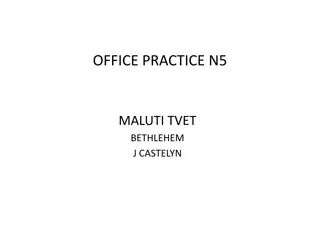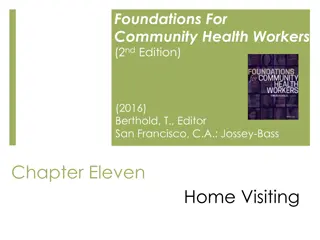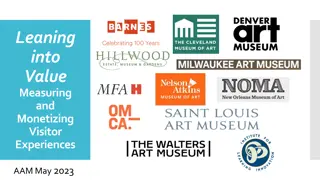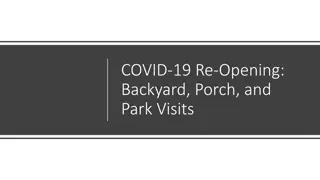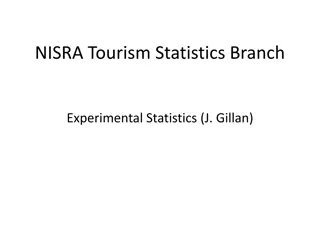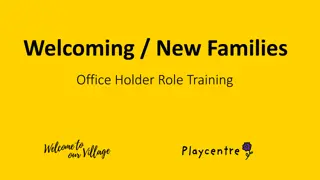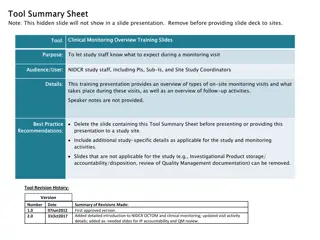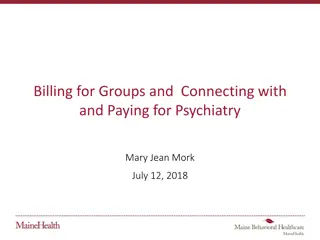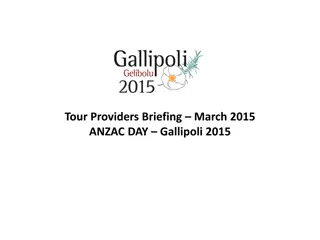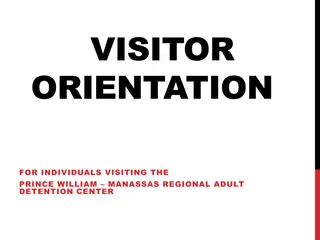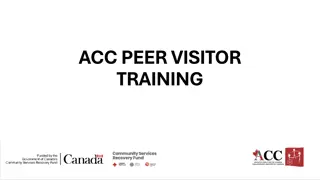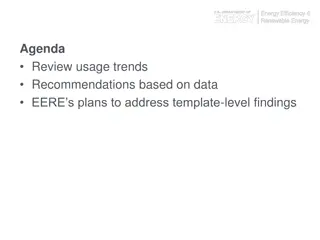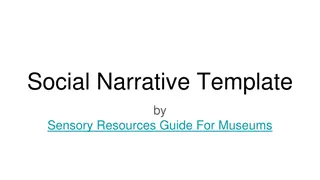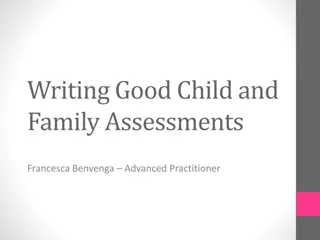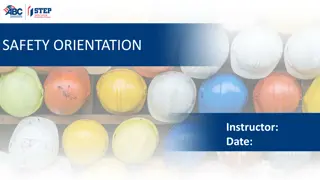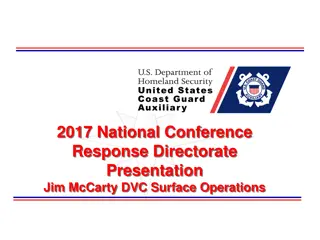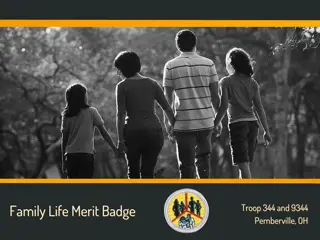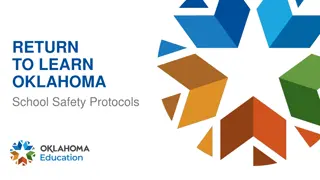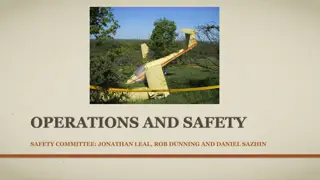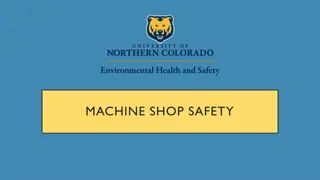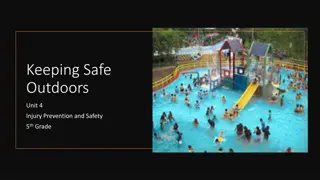Home Visitor Safety Guidelines for Family Visits
Ensure your safety during home visits by following these guidelines: schedule visits ahead of time, know your location, leave valuables at home, stay prepared for weather conditions, bring your cell phone, seek permission before actions, and be aware of your surroundings. Always prioritize safety and maintain professionalism throughout your visit.
Download Presentation

Please find below an Image/Link to download the presentation.
The content on the website is provided AS IS for your information and personal use only. It may not be sold, licensed, or shared on other websites without obtaining consent from the author. Download presentation by click this link. If you encounter any issues during the download, it is possible that the publisher has removed the file from their server.
E N D
Presentation Transcript
Home Visitor Safety Juanita Puga Family Connects Parent Possible Home Visitor s Conference April 5-7, 2017
Safety Before the Visit Schedule your visits ahead of time and make sure someone including your coordinator knows where you will be If a family reschedules let coordinator know Keep to the schedule or update it frequently Have your work ID with you at all visits Look up where you are going ahead of time Know the address, cross streets, etc. Know what is nearby/landmarks; fire station, police station, gas station, etc.
Safety Before the Visit Continued Leave your valuables at home Wash your hands before the visit Notify the family if someone else will be with you Prepare for current weather conditions Keep your car in good working condition to avoid breakdowns or other situations where you might be stuck Make sure you always lock car doors
Safety at the Visit Always bring your cell phone with you Know your purpose and be able to state it simply and directly Stay positive and confident Be courteous and professional Ask permission: To come in, to be seated, to go into another area of the house, to touch the child , etc. Explain to the family member what you are doing to make them more at ease
Safety at the Visit Continued Do not enter the home unless an adult is present Request the child gets an adult and if there is not one home call coordinator and/or 911 Upon entering the neighborhood or home observe your surroundings Know where exits are, areas to avoid, etc. Sit near exit (between client & door), or facing the hallway so you can view hall and bedrooms. Leave if you feel threatened or notice unlawful behavior.
Safety Leaving the Visit Be aware of other people in the dwelling and be aware of people coming in and out of the home Make it clear that the visit is ending by setting goals and objectives for the next visit, complete documentation, and schedule your next visit At the end of your visit thank the family for allowing you into their home Before you exit the home check to make sure the environment outside is still safe
Safety Leaving the Visit Continued Have your keys in hand as you leave Get in your car quickly and lock the doors Leave immediately, do not sit in your car Be aware of environmental hazards such as ice on the sidewalk or loose gravel. Once you complete your visit-wash your hands If necessary call your supervisor and let them know that you are at your next destination
Physical Appearance Clothing can make a statement about our personality, background, and any affiliations we may have. Those very things can work against us when dressing for safety. Consider the following statements regarding various items of clothing: Religious or political symbols Jewelry- avoid flashy jewelry that may make you a target Long hair wear it up to prevent it from being used against you Shoes- should be comfortable and protect your feet And don t forget-always wear some form of ID
Animal Hazards Many people have animals. Some friendly, some not so friendly. It is always a good idea to check this when talking to family about planning the first home visit. Watch for clues: If you are unsure if there are animals in the residence, look for signs that may warn you of the animal s presence. Be vigilant: These are not your pets. You have no idea on how they will behave.
Other Dangers to Consider Diseases and health hazards Coming in and out of homes and being in contact with many families increases the chance to spread disease. Handwashing in critical Know when to protect yourself Watch for lice Airborne & fluid surface contamination Drug and chemical hazards Some signs of drugs or hazardous chemicals in a home are more obvious than others. Trust your instincts to know when to leave or get help. Report issues. Weapons Assume that every home has a weapon & every person can access it. Watch for signs of escalation Guns are often in bedroom , knives in kitchen Never reach for a weapon Know when to leave or request help
If you are in a situation in which you are uncomfortable Respond calmly and confidently Some situations may be due to confusion, be able to explain your role Remain calm; slow your breathing and speaking, try not to show facial expressions Keep statements simple and direct Keep a physical distance of at least three feet, do not touch the person Do not turn your back on anyone or be unable to see/get to an exit Slowly get up and leave the house Call supervisor or 911
Most Importantly. If a situation feels unsafe leave calmly and immediately. Be sure to contact your supervisor about what happened.
Role Play Scenarios We will break into 3 groups- Each group will be given a scenario to role play in front of the group. As a group we will talk about the What to do s


